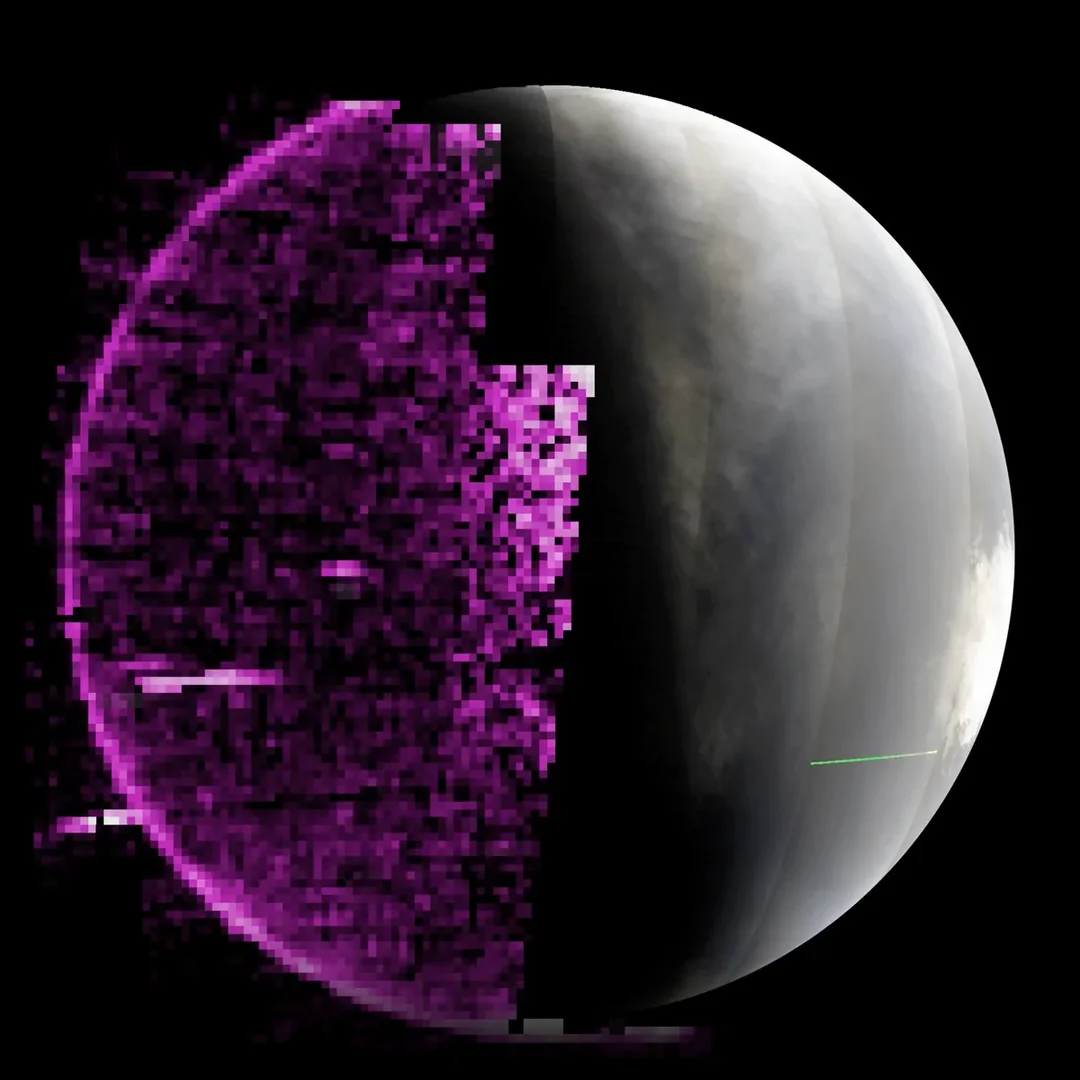
Scientists Uncover Colossal Solar Storm from 12350 BC: A “New Worst-Case Scenario” for Space Weather
Imagine a solar storm 500 times more powerful than anything we've experienced in the modern satellite era. That's the reality uncovered by a team of international scientists who have identified the strongest solar event ever detected, dating back to 12350 BC, at the tail end of the last Ice Age. This colossal space weather event has rewritten our understanding of solar activity and poses critical questions about the risks to our modern, technology-dependent society.
The groundbreaking research, published in Earth and Planetary Science Letters, details how scientists used a novel chemistry-climate model, SOCOL:14C-Ex, to analyze radiocarbon data locked within ancient tree rings. This allowed them to not only detect the extreme spike in radiocarbon corresponding to 12350 BC, but also to assess its unprecedented strength.

Kseniia Golubenko, a postdoctoral researcher at the University of Oulu, Finland, emphasized the significance of the discovery: "The ancient event in 12350 BC is the only known extreme solar particle event outside of the Holocene epoch, the past ~12,000 years of stable warm climate. Our new model lifts the existing limitation to the Holocene and extends our ability to analyze radiocarbon data even for glacial climate conditions."
This event was approximately 18% stronger than the AD 775 event, previously considered the most powerful solar storm on record. To put it in perspective, the 12350 BC event was a staggering 500 times more intense than the largest solar storm recorded during the modern satellite era (the 2005 particle storm).
Other significant solar particle storms occurred around 994 AD, 663 BC, 5259 BC, and 7176 BC, according to researchers. However, the 12350 BC event is unique due to its occurrence during a different climatic period.

What if such a storm hit Earth today? The consequences would be devastating. A solar storm of this magnitude could disable satellite communication systems, trigger widespread power grid failures, and disrupt critical electronic infrastructure. Astronauts and high-altitude air travelers would face dangerous radiation levels, and emergency services would be crippled by radio blackouts.
Beyond the immediate dangers, these Miyake events, named after the Japanese researcher who discovered them, serve as invaluable cosmic timestamps for archaeologists, allowing them to precisely date ancient artifacts and settlements.
This research not only revises our understanding of solar physics but also acts as a stark warning. As society becomes more reliant on technology vulnerable to space weather, understanding the potential impact of extreme solar events is crucial. Golubenko states, "This event establishes a new worst-case scenario."
Researchers emphasize the urgent need to develop robust protection measures for modern infrastructure. The discovery highlights the importance of continued investigation into space weather phenomena and the development of accurate predictive models.
The findings raise a crucial question: Are we prepared for the next "big one"? What steps can be taken to protect our power grids, satellites, and communication systems from such an event? What are your thoughts on the risks and potential solutions? Share your perspectives in the comments below!